Spiralling together in the form of a vase is the latest outcome of Olivier van Herpt’s exploration into the future of digital manufacturing. The ancient raw material of porcelain has been sculpted by the industrial designer’s innovative 3D printing techniques to seamlessly weave the digital and physical worlds together.
The biscuit porcelain vase was based on a digital sketch by van Herpt and realized into a physical object using tools and machines he has crafted and developed over the years. The translation retains the nature of the material while overcoming typical limitations, including collapsing during printing and shrinking when fired in the high-temperature kiln. The additive printing process simultaneously generates the vase’s exterior and interior, resulting in an incredibly thin and intricate shell. Its mesmerizing design flows as a singular and precise expression of its construction.
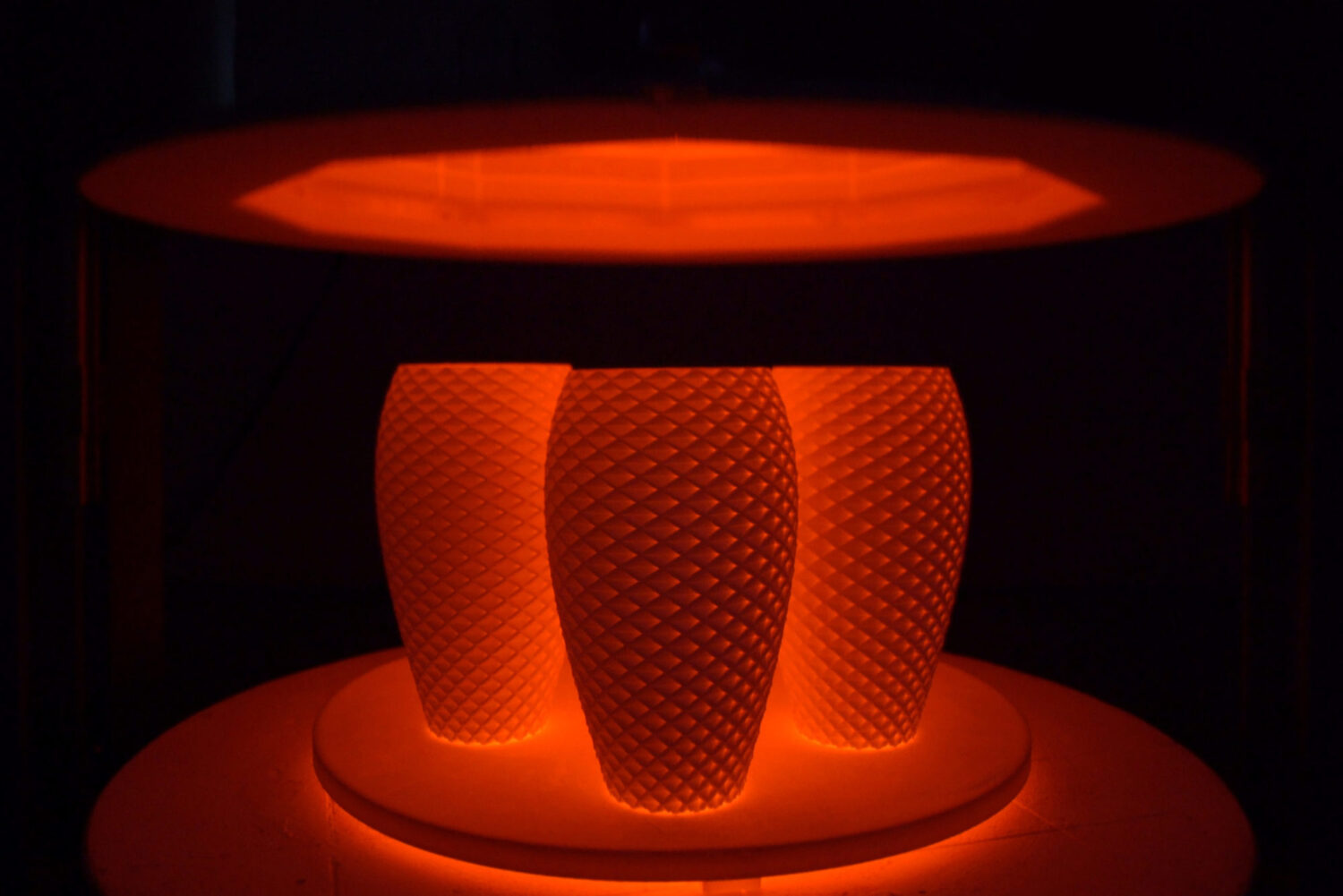
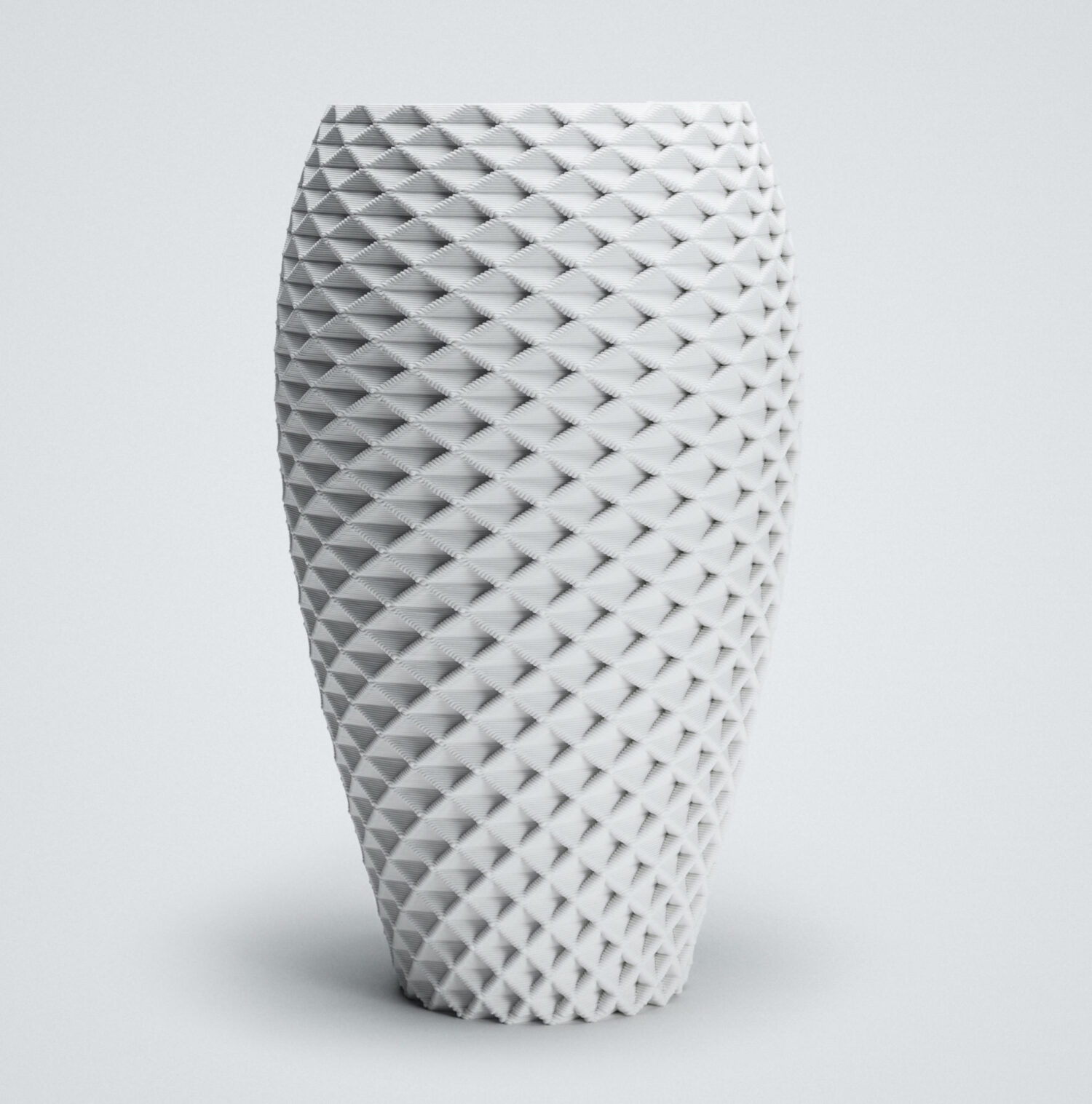
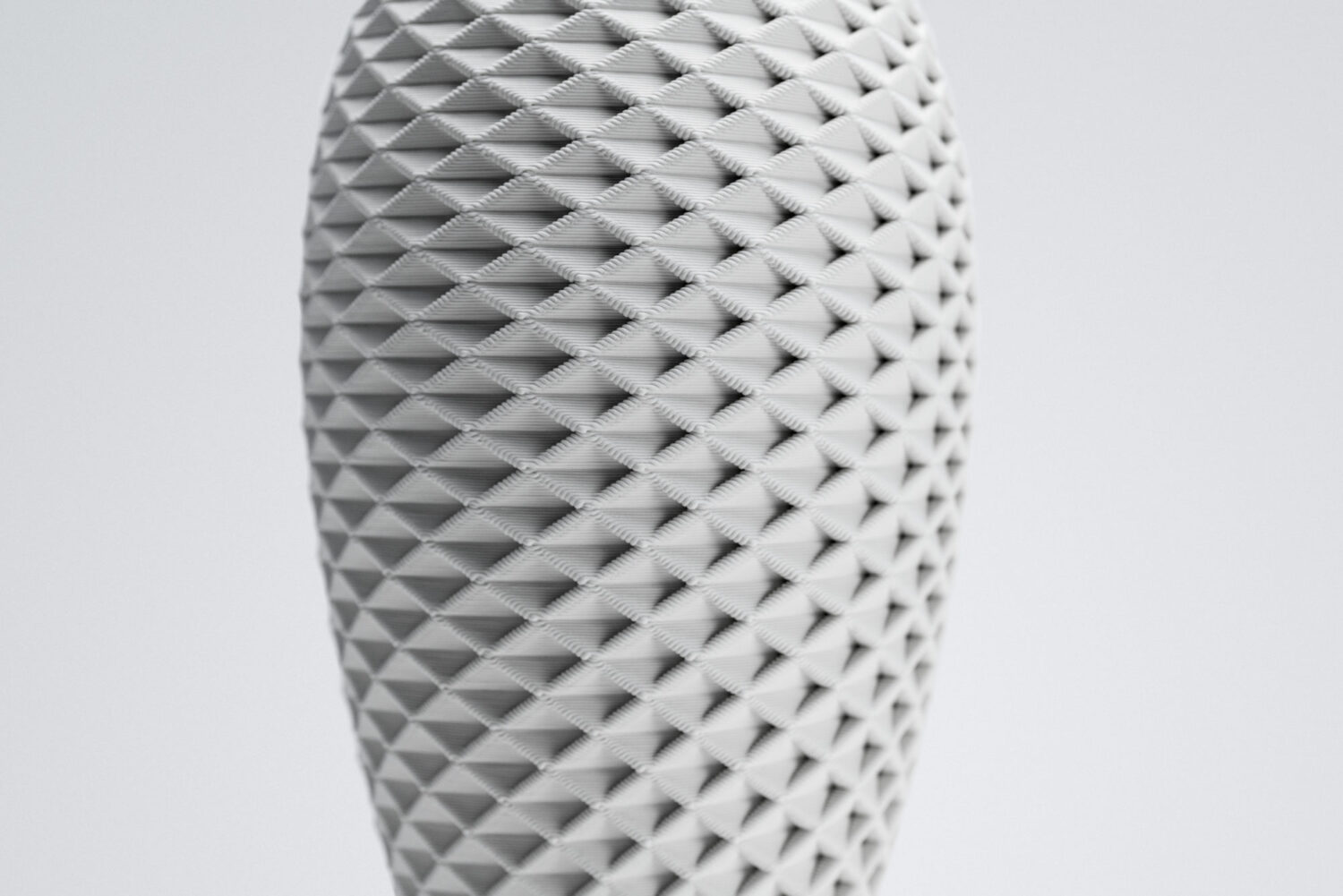
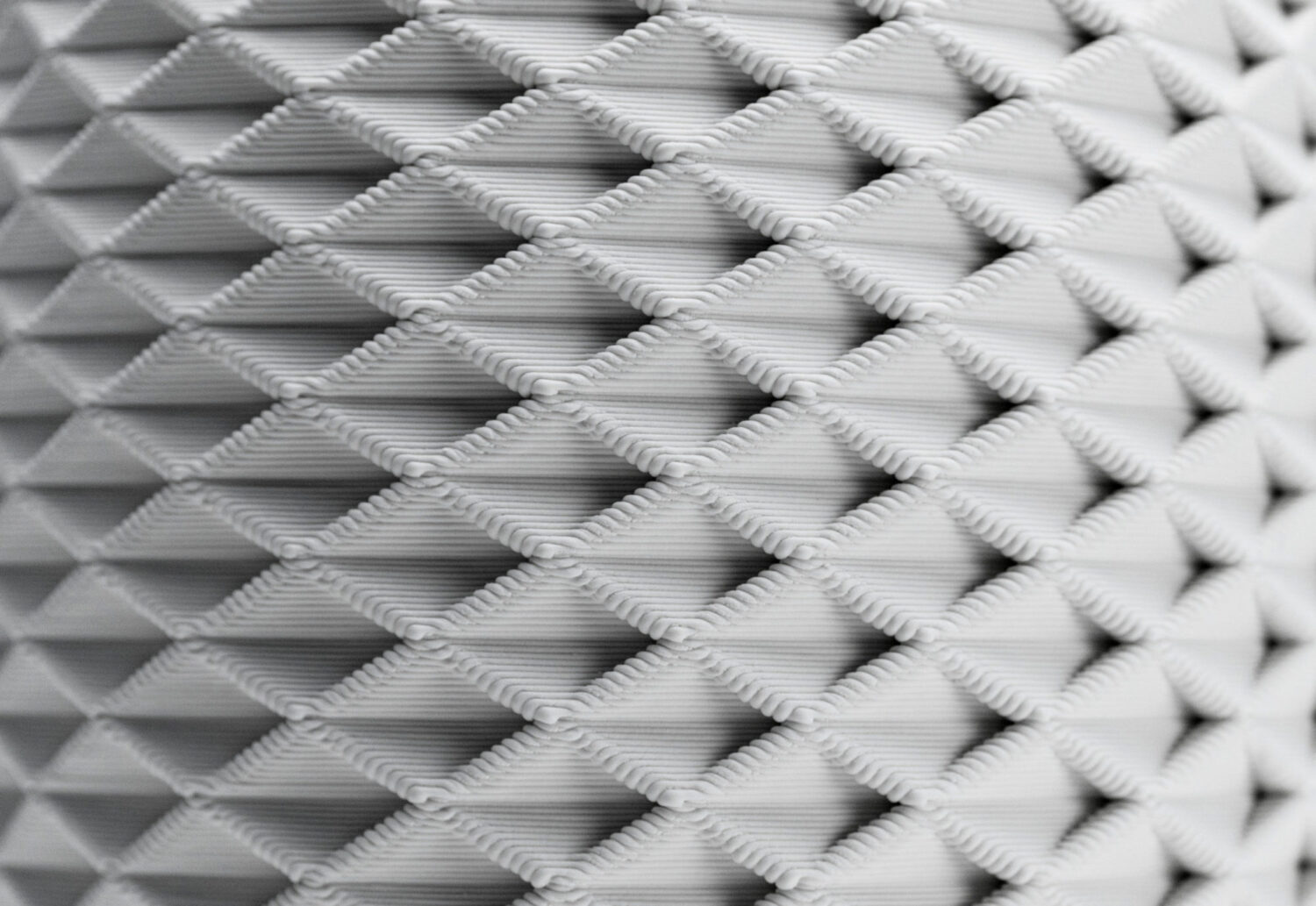

Since 2013, van Herpt has continuously created various objects and projects to push the limits of 3D printing and redefine its visual language. Many have been showcased in exhibitions and museums, and the porcelain vase is his first large edition and entry into the world of mass production. Both an object of beauty and a marvel of engineering, it offers a glimpse into the uncharted possibilities of ceramic design and production.
Learn more here.
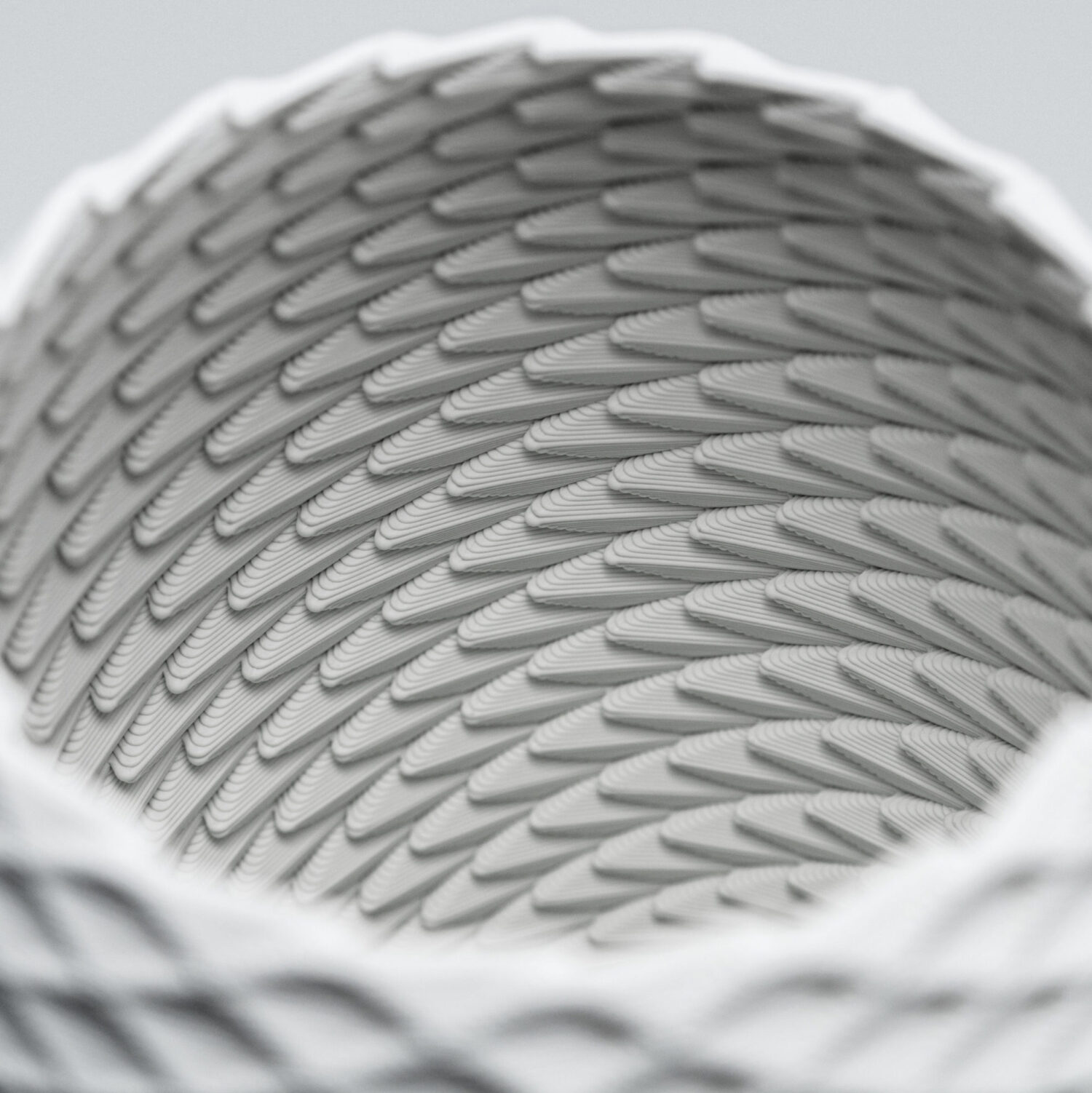
look perfect, congrats!!!
Is the mass production done in his own studio?